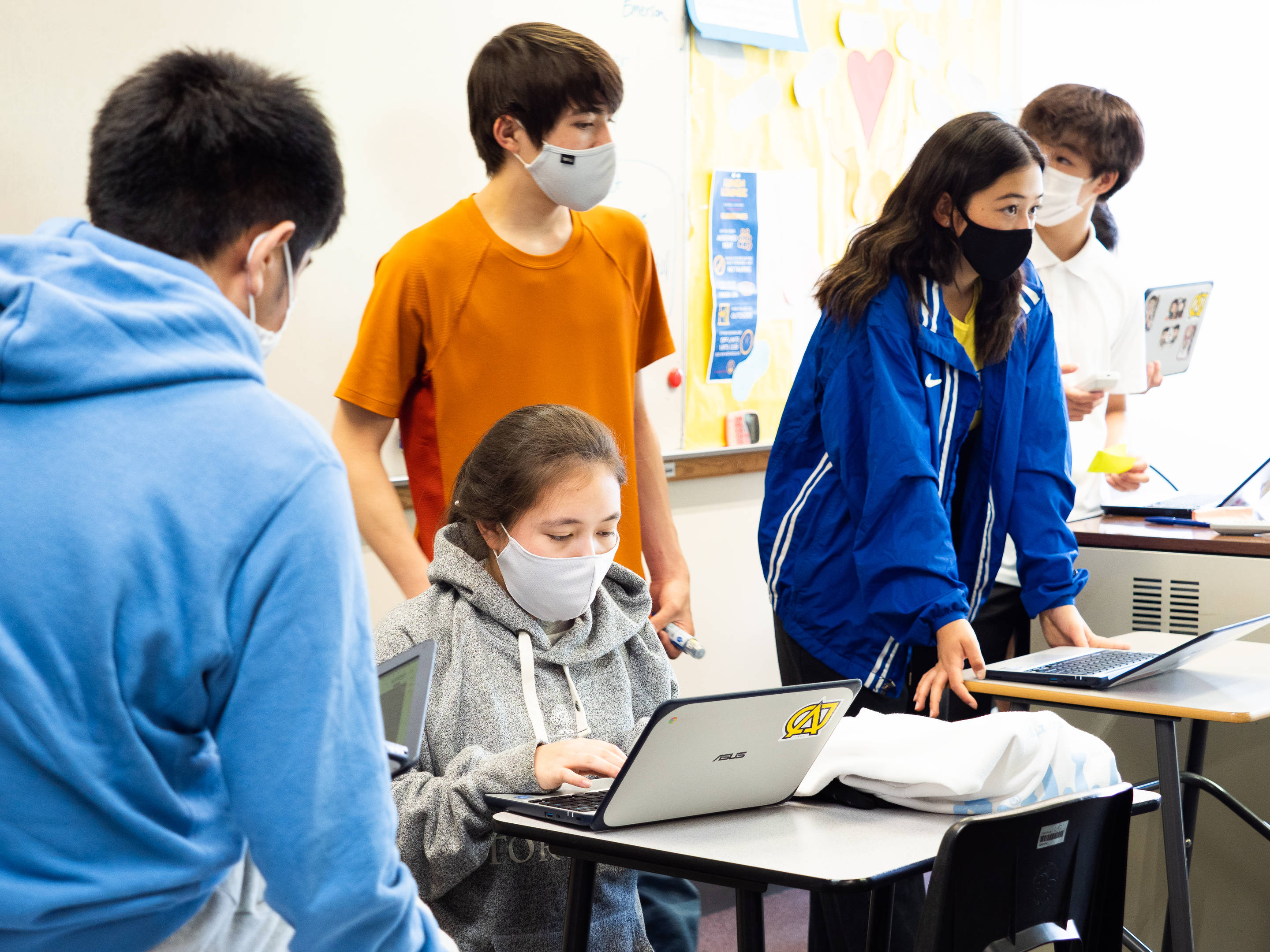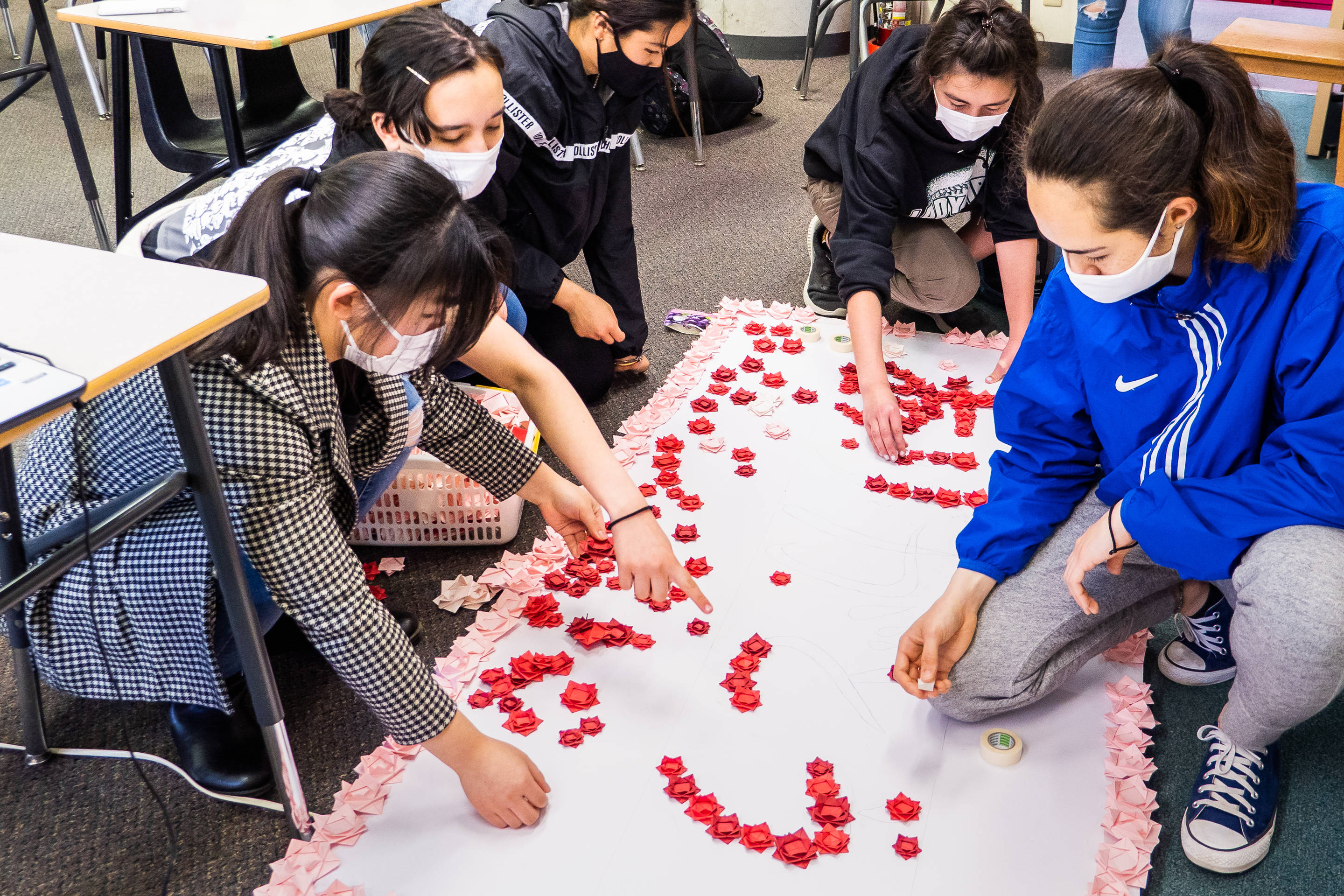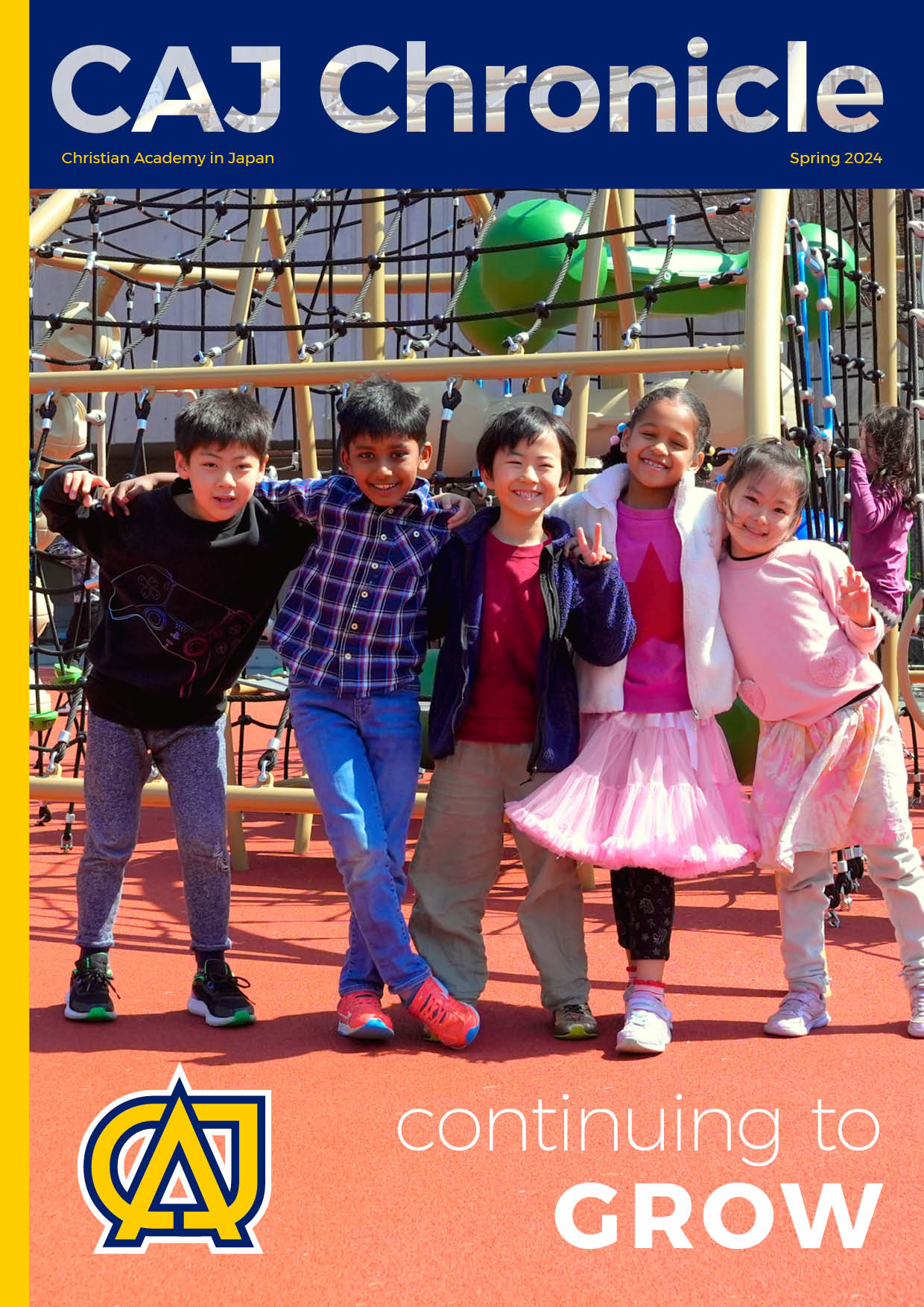Building Cultural Understanding
06/02/2021 10:09
Nate Gibson, Grade 11 Humanities, Social Studies Department Chair

During this past year of limited travel, I have gained a deeper appreciation for what an undertaking large international airports are. Consider this: in 2018, an estimated 87 million people traveled through Haneda. Over the course of just one year, 87 million people--representing a mosaic of passports, all bustling through the same halls--united for a brief moment as fellow travelers. Hubs like Haneda are certainly underrated modern wonders.
Though our yearly traffic is humbler than Haneda’s, CAJ serves as a cultural hub in similar ways. Our program and our calendar resemble those of American schools in many respects, but our classrooms are a meeting point for students and staff representing a variety of cultures and nationalities, and our campus borders a major train line in the biggest city in the world.
What, then, separates us from the international gates at Haneda? Are we merely a way-point in which world travelers happen to occupy the same space while awaiting their departure? Quite the contrary--we aspire to be a school that actively celebrates and connects the diverse cultures within its community, both in and outside of the classroom. We strive to teach our students empathy--to walk in one another’s shoes. We strive to provide opportunities for open, honest discussion in which vastly different viewpoints can be brought to the table. We strive to empower our students to make connections between what they’ve studied in their classes and important issues in the world today.
 Currently, the 11th grade class is working on two service projects in response to the COVID pandemic. One group is coordinating with the city of Higashikurume to develop an artistic display thanking and encouraging medical workers, which they hope will be displayed in the Higashikurume City Office. The other group is working to address mental health issues such as depression and anxiety, as well as the issue of suicide. They are planning events to raise funds--and community awareness--for TELL Japan, an organization “dedicated to providing effective support and counseling services to Japan's international community and its increasing mental health needs.” As a teacher, it has been fun to watch these projects materialize from the proposals that the students presented to their classmates in Humanities class at the beginning of March.
Currently, the 11th grade class is working on two service projects in response to the COVID pandemic. One group is coordinating with the city of Higashikurume to develop an artistic display thanking and encouraging medical workers, which they hope will be displayed in the Higashikurume City Office. The other group is working to address mental health issues such as depression and anxiety, as well as the issue of suicide. They are planning events to raise funds--and community awareness--for TELL Japan, an organization “dedicated to providing effective support and counseling services to Japan's international community and its increasing mental health needs.” As a teacher, it has been fun to watch these projects materialize from the proposals that the students presented to their classmates in Humanities class at the beginning of March.
Of course, there have been some bumps along the way: confusion about how committees and subcommittees function; competing visions of what the project ought to be; the challenges and conflicts that come along with learning to work as a team. Intentionally structuring these opportunities and facilitating these connections can sometimes feel just as daunting as drawing up blueprints for an international airport. With so much room for misunderstanding and miscommunication, equipping the students to navigate these challenges is much easier said than done. Yet the destination is indeed worth the journey and all of the obstacles along the way, for, in forging these connections that span countries and cultures, we glimpse something of God’s character; our triune God who loves variety and paints with an infinite palette.

During this past year of limited travel, I have gained a deeper appreciation for what an undertaking large international airports are. Consider this: in 2018, an estimated 87 million people traveled through Haneda. Over the course of just one year, 87 million people--representing a mosaic of passports, all bustling through the same halls--united for a brief moment as fellow travelers. Hubs like Haneda are certainly underrated modern wonders.
Though our yearly traffic is humbler than Haneda’s, CAJ serves as a cultural hub in similar ways. Our program and our calendar resemble those of American schools in many respects, but our classrooms are a meeting point for students and staff representing a variety of cultures and nationalities, and our campus borders a major train line in the biggest city in the world.
What, then, separates us from the international gates at Haneda? Are we merely a way-point in which world travelers happen to occupy the same space while awaiting their departure? Quite the contrary--we aspire to be a school that actively celebrates and connects the diverse cultures within its community, both in and outside of the classroom. We strive to teach our students empathy--to walk in one another’s shoes. We strive to provide opportunities for open, honest discussion in which vastly different viewpoints can be brought to the table. We strive to empower our students to make connections between what they’ve studied in their classes and important issues in the world today.
 Currently, the 11th grade class is working on two service projects in response to the COVID pandemic. One group is coordinating with the city of Higashikurume to develop an artistic display thanking and encouraging medical workers, which they hope will be displayed in the Higashikurume City Office. The other group is working to address mental health issues such as depression and anxiety, as well as the issue of suicide. They are planning events to raise funds--and community awareness--for TELL Japan, an organization “dedicated to providing effective support and counseling services to Japan's international community and its increasing mental health needs.” As a teacher, it has been fun to watch these projects materialize from the proposals that the students presented to their classmates in Humanities class at the beginning of March.
Currently, the 11th grade class is working on two service projects in response to the COVID pandemic. One group is coordinating with the city of Higashikurume to develop an artistic display thanking and encouraging medical workers, which they hope will be displayed in the Higashikurume City Office. The other group is working to address mental health issues such as depression and anxiety, as well as the issue of suicide. They are planning events to raise funds--and community awareness--for TELL Japan, an organization “dedicated to providing effective support and counseling services to Japan's international community and its increasing mental health needs.” As a teacher, it has been fun to watch these projects materialize from the proposals that the students presented to their classmates in Humanities class at the beginning of March. Of course, there have been some bumps along the way: confusion about how committees and subcommittees function; competing visions of what the project ought to be; the challenges and conflicts that come along with learning to work as a team. Intentionally structuring these opportunities and facilitating these connections can sometimes feel just as daunting as drawing up blueprints for an international airport. With so much room for misunderstanding and miscommunication, equipping the students to navigate these challenges is much easier said than done. Yet the destination is indeed worth the journey and all of the obstacles along the way, for, in forging these connections that span countries and cultures, we glimpse something of God’s character; our triune God who loves variety and paints with an infinite palette.




